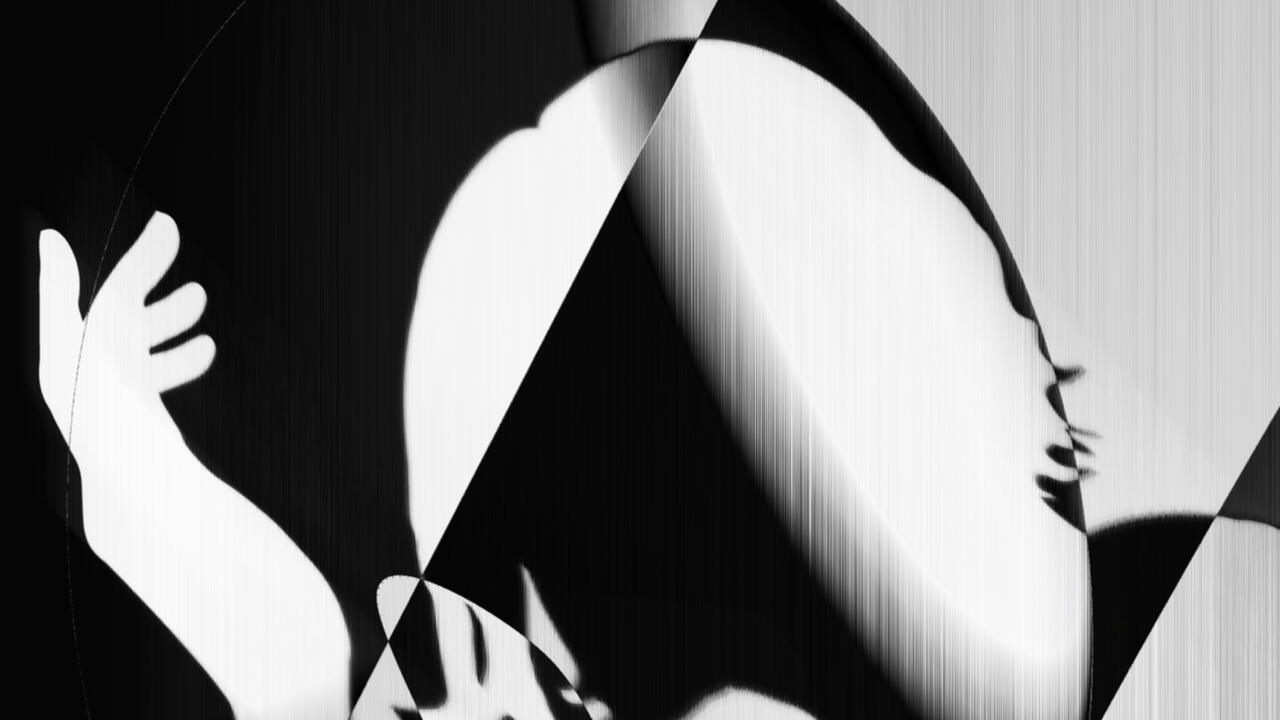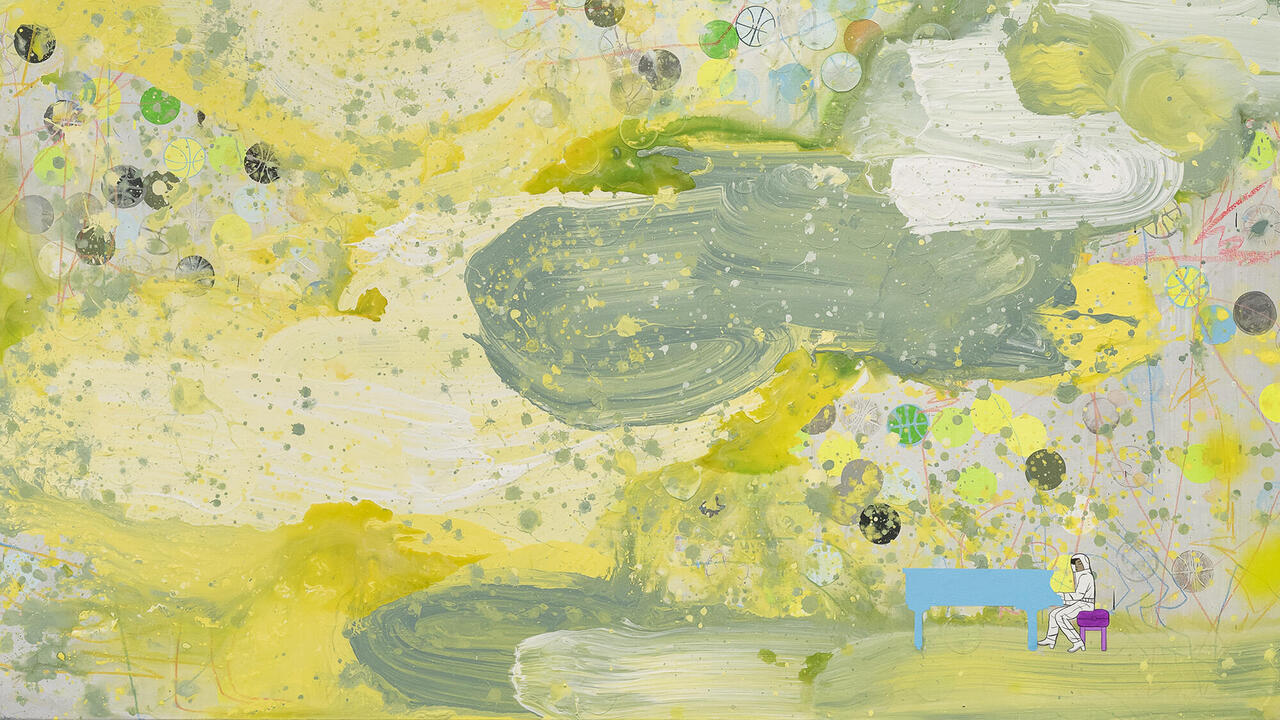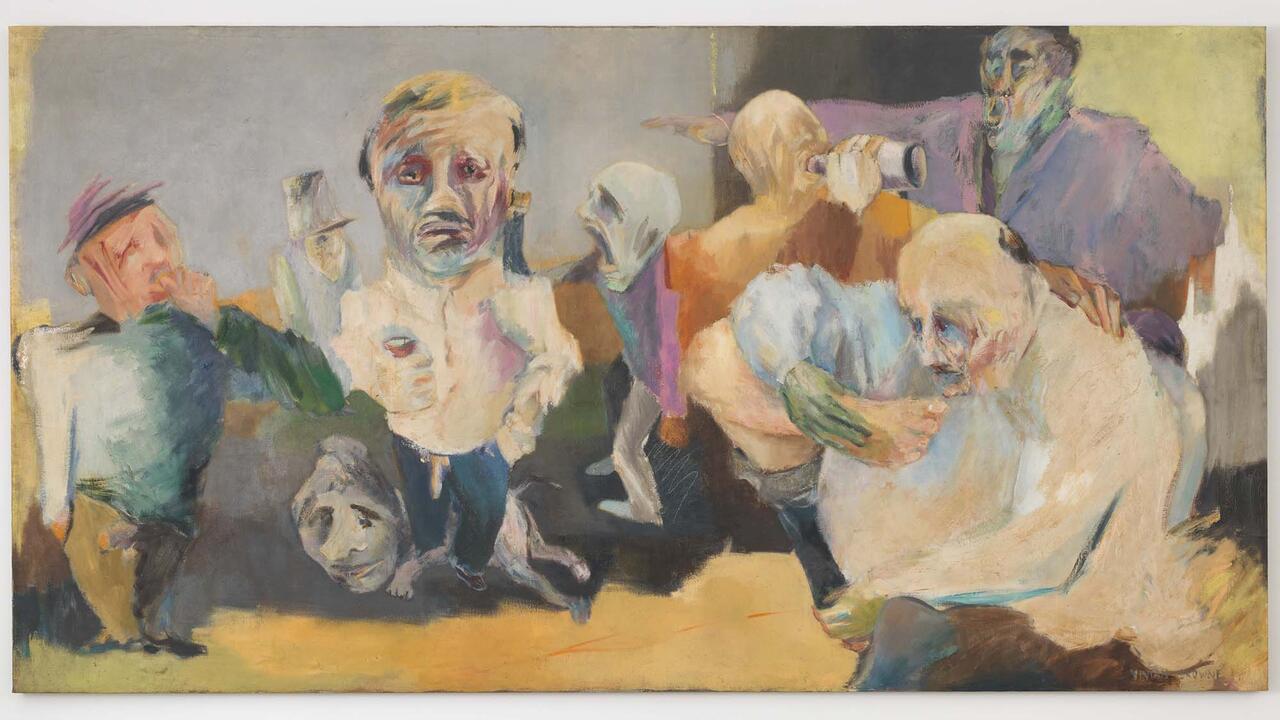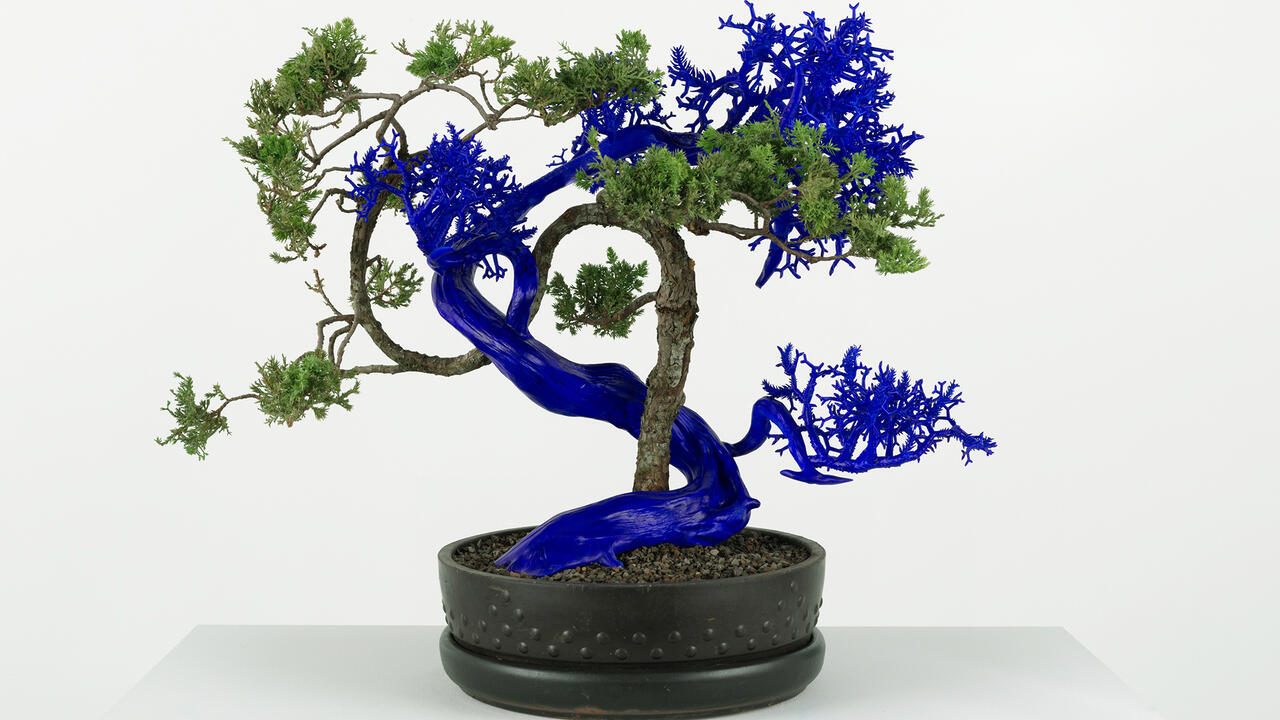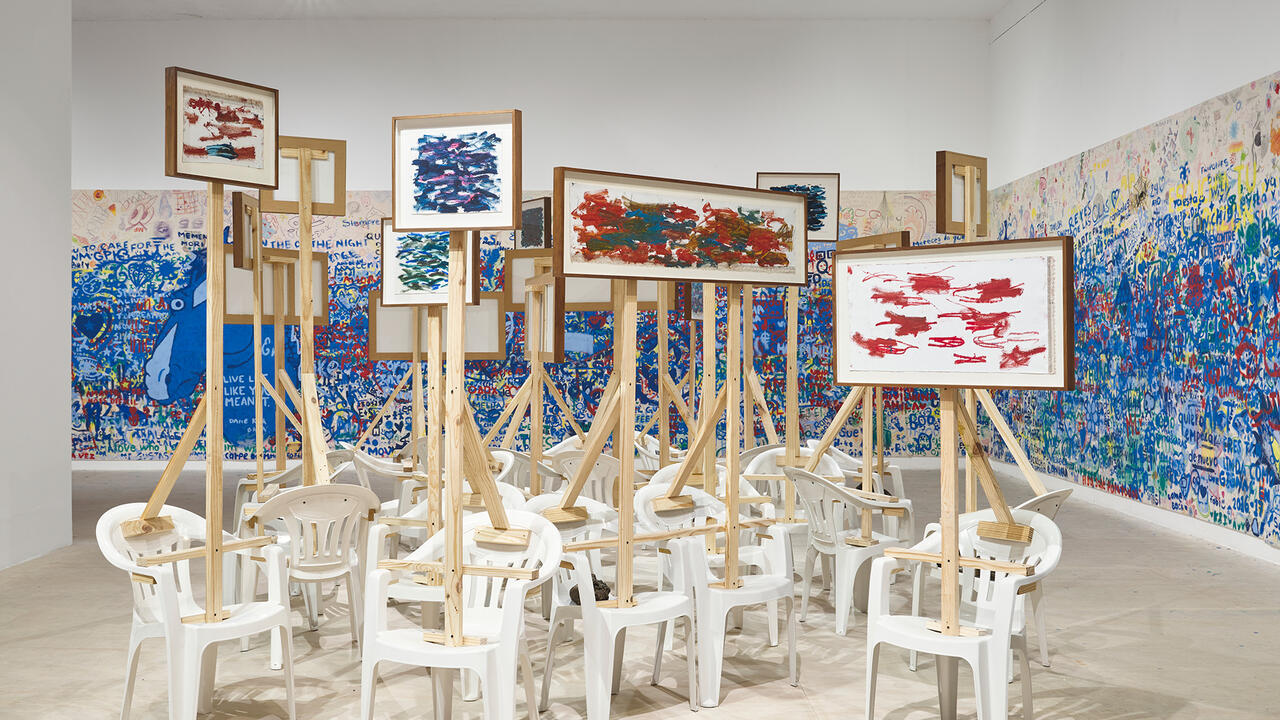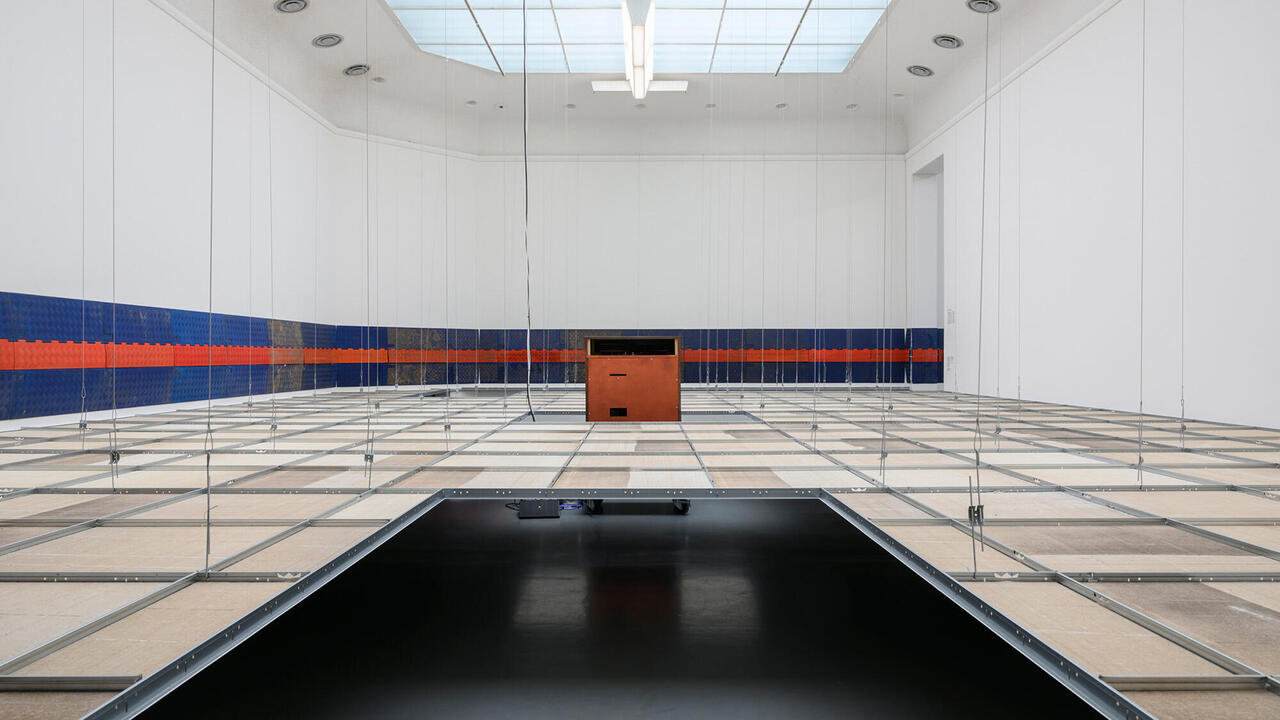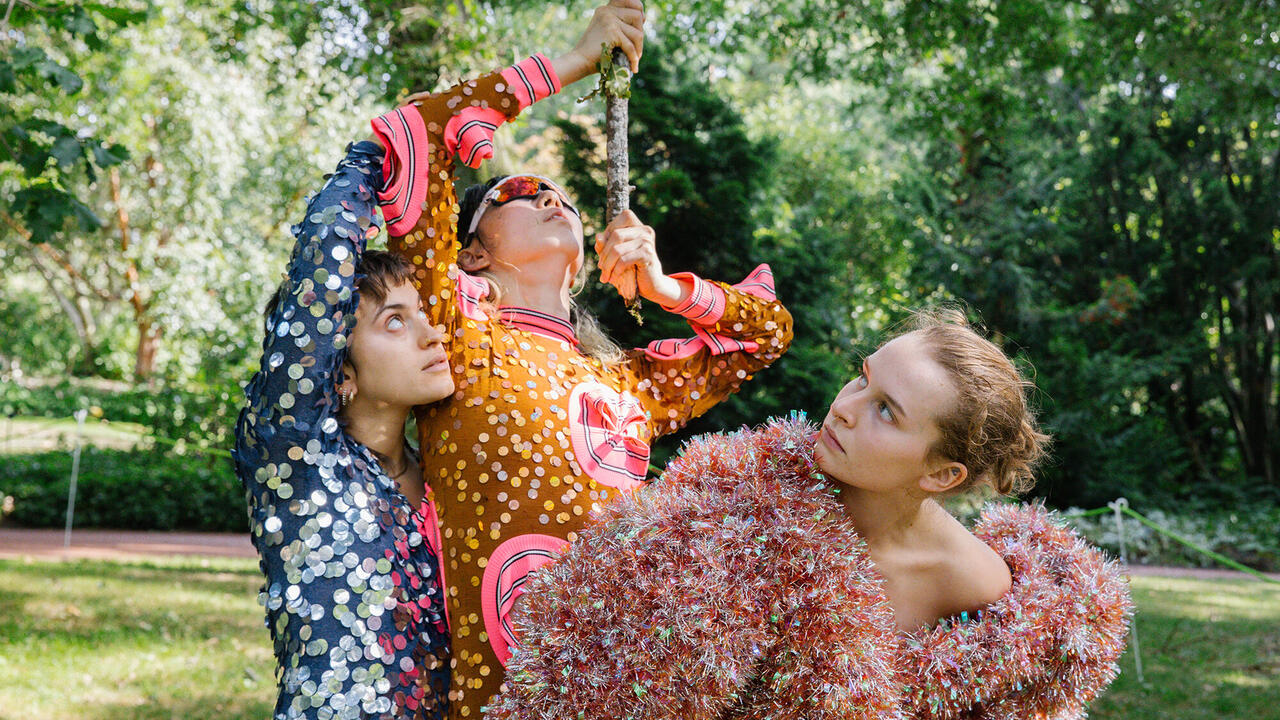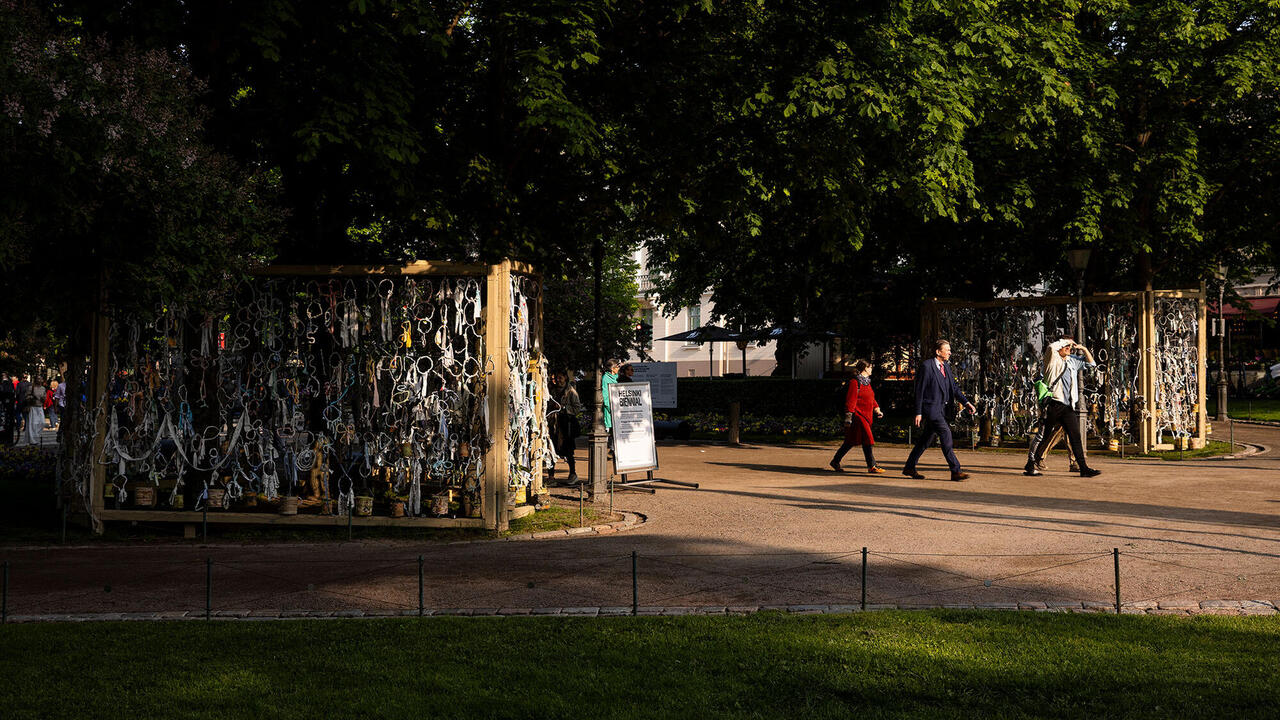The Stubbornly Live Ethos of Tina Girouard
Her retrospective at the Center for Art, Research, and Alliances demonstrates a philosophy almost incompatible with the viewing methods of institutional exhibition
Her retrospective at the Center for Art, Research, and Alliances demonstrates a philosophy almost incompatible with the viewing methods of institutional exhibition

The first thing you will see upon entering Tina Girouard’s retrospective at the Center for Art, Research, and Alliances (CARA) is a loop of floral fabric that hangs down from the second floor. Drawn from a set of 1940s-era fabrics that Girouard received from her mother-in-law, who in turn received them from a relative named Solomon Matlock, the ‘Solomon’s Lot’ fabrics (1970s) recur in various installations and performances across 50 years of her collaborative practice. Girouard’s loop recalls a contemporaneous work by conceptual artist Daniel Buren: Painting-Sculpture, travail in situ (1971) – a large sheet of striped fabric installed in the Guggenheim’s atrium that was ultimately removed because it blocked views of the other exhibited artists’ work, igniting a now-canonical discussion over the ‘bounds’ of an artwork and its relationship to the institution. In contrast, Girouard’s ‘Solomon’s Lot’ fabric loops back onto itself, a gesture of circularity rather than obfuscation.

For Girouard, building and maintaining relationships was her practice. This can make her work difficult to see, and to exhibit. The first-floor gallery features vitrines of ephemera, wall-sized photos of her performance Swept House (1971), a monitor playing her video work Maintenance I: Take One Role Change (Part I) (1970) and her later sequined canvases made collaboratively with artist Antoine Oleyant. One gets the feeling that Girouard’s work only occasionally chose to congeal itself into anything recognizable conventionally as ‘art’, instead lingering in a kind of preformed state of collaborative and co-produced ‘work’.
Girouard’s ‘houses’ are a physical manifestation of this stubbornly live community ethos. Hung House, a remake of a 1971 installation, consists of two suspended platforms, a cot and an open suitcase. When Girouard first installed it in her Chatham Square apartment in the ’70s, the objects were what rehearsal participants and party guests had left behind in the apartment, and the installation was open for visitors to lounge in and rearrange. The space is, at best, a radical rethinking of what a house might look like, a utopian architectural provocation. At its most underwhelming – as we encounter it in the gallery, without its social context – it is a paltry representation of her community. This friction speaks to Girouard’s philosophy: of an art that is almost incompatible with the viewing methods of institutional exhibition.

Through the exhibition’s ephemera, Girouard appears like the connective tissue of art histories we thought we knew well: as muse in Richard Serra’s Tina Turning (1969); as co-founder, alongside Carol Goodman and Gordon Matta-Clark, of the artist-run restaurant FOOD, which offered jobs and performances in SoHo; as host for the Philip Glass Ensemble, which often rehearsed in her apartment in Chinatown. She boldly extended this ethos of collaboration almost to its limits in the sequined canvas Under a Spell (1992), made with Haitian artist Antoine Oleyant, or her performance Mass Transit: Stosz Zeit (1978), which engaged ceremonial prayers from the Kwakwa̱ka̱ʼwakw tribe of Vancouver Island. Even if intention doesn’t always dispel cultural appropriation, she engaged earnestly and at length with these cultures; this feels like the direction by which more equitable relations might be broached.

Girouard understood her most valuable resource was her relationships to people, and this is what we can – and also cannot really – see in her exhibition. In one of the last videos in the exhibition, Maintenance III: Sewing, Washing, Wringing, Rinsing, Folding Solomon’s Lot (1973), tightly framed shots show the artist washing the fabric. Sometimes the pattern disappears and reappears, lost in the swirls of its own maintenance. As ‘Long Train Runnin’ (1973) by the Doobie Brothers plays over the radio, we watch Girouard knead her social fabric, making it new over and over again.
‘Tina Girouard: SIGN-IN’ is on view at the Center for Art, Research, and Alliances (CARA) until 12 January
Main image: ‘Tina Girouard: SIGN-IN’, 2024, exhibition view. Courtesy: Tina Girouard Art © The Estate of Tina Girouard / Artists Rights Society (ARS), New York; The Center for Art, Research and Alliances (CARA), New York; photograph: Kris Graves












